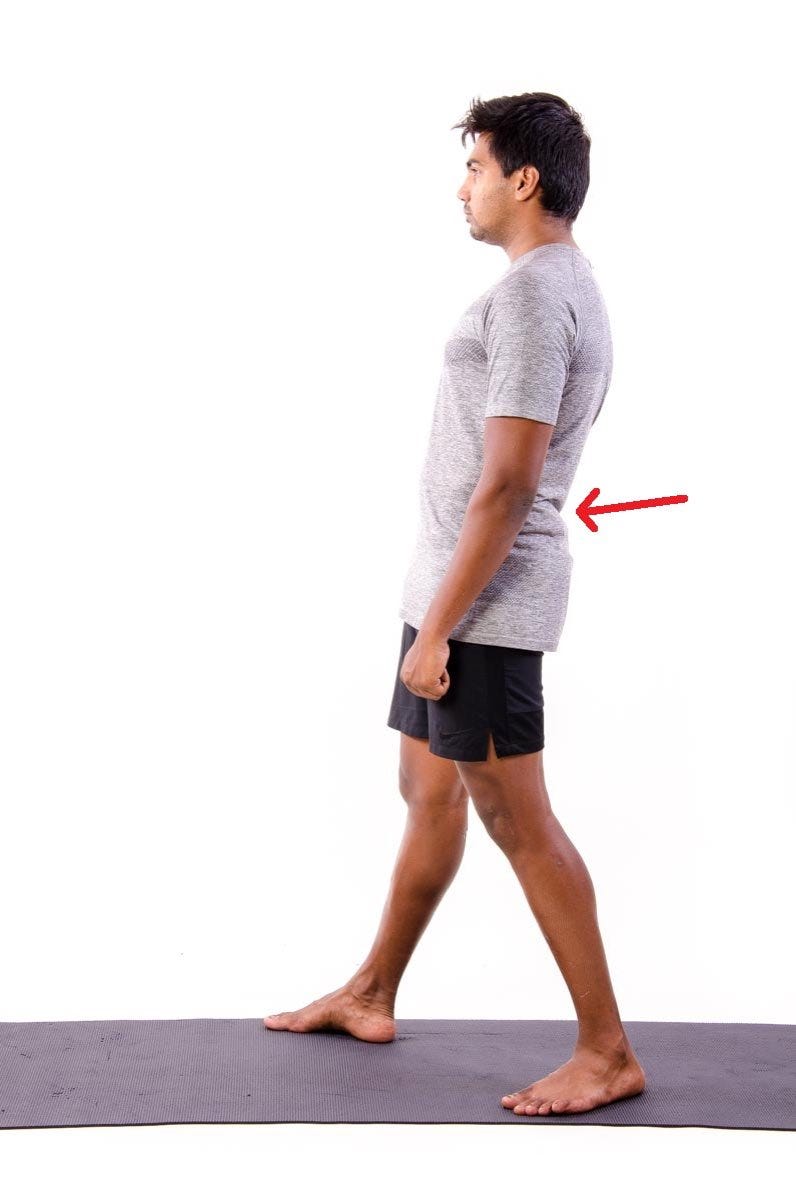Marianne delivers tonight’s lesson, with her detailed notes, images and a little video. She shares her experience with us:
“I found this lesson a pleasant,
meditation like step-by-step approach to walking,
backwards.
It requires close attention to your abdomen
and the area in your back between lower ribs and sitting bones.
It also brings awareness to the relationship of the pelvis
from the lower back up to between the shoulder blades, the neck, encouraging the weight of the head to move really from side to side,
which has a huge (positive) effect on breathing.
The first part of the lesson is done holding the back of a chair lightly for support. and differently to way you could be thinking.
At times Moshe has us position the forearm on the back of the chair
and others with the palms on the seat of the chair;
this invites a non-habitual organization of the chest and ribs
which provides unusual sensory input
to intrigue the curiosity of your nervous system.
The second part of the lesson requires a space.
It is highly recommended that you clear all obstacles
and create a space where you can safely explore walking several steps backwards… reduce the risk of bumping in to anything,
AND, have supports nearby… like chairs or perhaps a table… in the instance you require an external guide to assist you find balance.
There are many articles on benefits of walking backwards…
most notably, this way provides a strong potential for improvement in balance.
Ankle, knee and hip joint “problems”
have a higher chance of improving
through their response to the unfamiliar weight bearing pattern.
I thought some visuals could guide you through the processes that you might experience during today’s exploration:
This image shows the common tendency to “overarch”
(which, you might be able to see,
compresses the low back…
squashes the spikey parts of the vertebrae together,
this way can be uncomfortable as it de-stabilises and throws people off-balance):
compared to here, where you very probably can see the difference, it looks a lot more comfortable for the spine.
In this example he maintains support in the low back and abdomen:
And with that, Marianne sent the lesson with all of this informative imagery!
Enjoy learning more about your Self in this lesson with Marianne:
Keep reading with a 7-day free trial
Subscribe to MySelf.Study to keep reading this post and get 7 days of free access to the full post archives.





